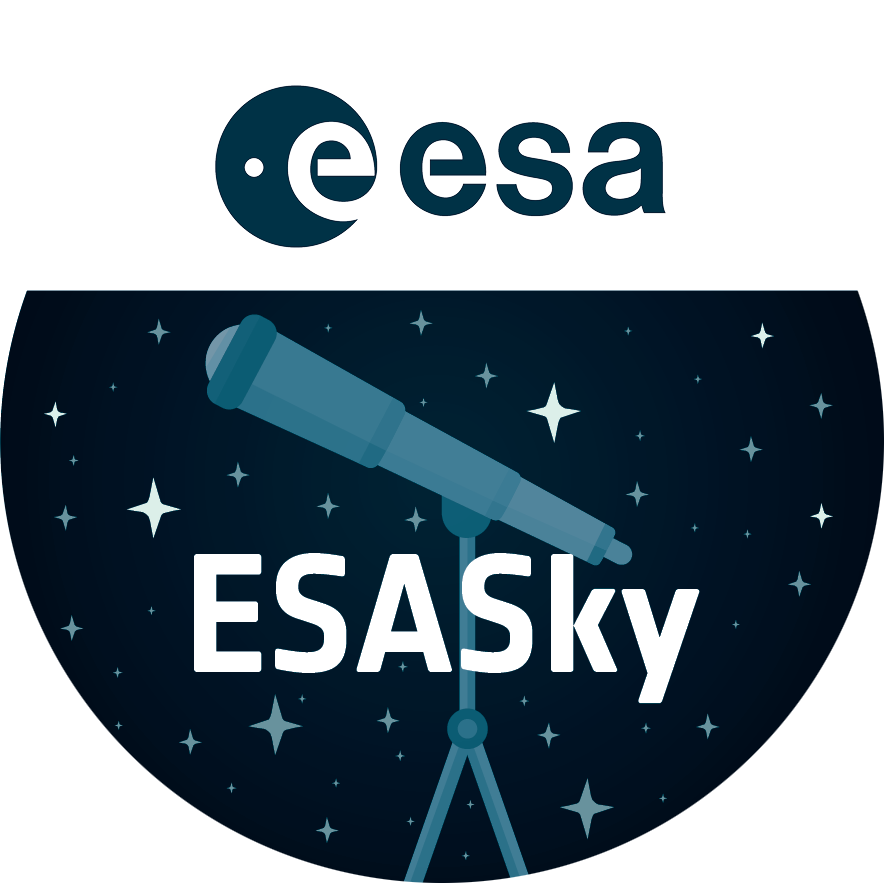Globular Star Cluster M4
A Hubble Space Telescope image of the globular star cluster, Messier 4. The cluster is a dense collection of several hundred thousand stars. Astronomers suspect that an intermediate-mass black hole, weighing as much as 800 times the mass of our Sun, is lurking, unseen, at its core.
[Image description: Thousands of bright points of light on a black background fill the field of view. They appear somewhat more concentrated near the centre of the image. They have a variety of colours, with the most prominent stars appearing blue or yellow-orange. The brighter stars also display four diffraction spikes.]
Credit:ESA/Hubble & NASA
About the Image
| Id: | potw1236a |
|---|---|
| Type: | Observation |
| Release date: | 3 September 2012, 10:00 |
| Related releases: | heic2306 |
| Size: | 4165 x 4132 px |
About the Object
| Name: | M 4, Messier 4, NGC 6121 |
|---|---|
| Type: | Milky Way : Star : Grouping : Cluster : Globular |
| Distance: | 7000 light years |
| Constellation: | Scorpius |
| Category: | Star Clusters |
Image Formats
Coordinates
| Position (RA): | 16 23 35.48 |
|---|---|
| Position (Dec): | -26° 31' 29.48" |
| Field of view: | 3.48 x 3.45 arcminutes |
| Orientation: | North is 9.5° right of vertical |
Colours & filters
| Band | Wavelength | Telescope |
|---|---|---|
| Optical B | 435 nm |
Hubble Space Telescope
ACS |
| Optical V | 606 nm |
Hubble Space Telescope
ACS |
| Infrared I | 814 nm |
Hubble Space Telescope
ACS |


